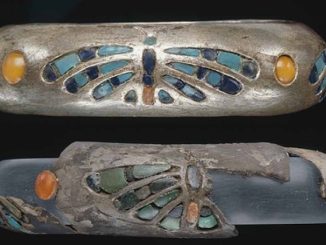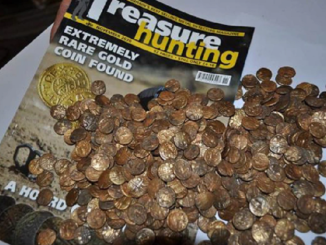Renaissance
From about 1300 to 1600 CE, there was a resurgence of culture and art inspired by antiquity. From here, diamonds have become every girl’s closest friend, creating a craze for new jewelry, many details decorated with the most precious gemstones.
Eleanor of Austria (1498-1558) showed off the new decorative style with her bejeweled outfits. To show off their social status, aristocrats would find creative ways to wear as much jewelry as possible, and jewelry was often incorporated into their outfits.
The influence of the Renaissance continued until new trends emerged during the Georgian era (1714-1837). Jewelry became more widely used as religion became more accepting of it and people had more money, styles became more luxurious.
Art Nouveau is also known as Modern Style. During this period, women began wearing bejeweled hats with flowers, popular in green and pink, but the jewelry tended to be white to create an airy look.
Art Deco
In the 20s, women started wearing shorter skirts and cutting their hair. Part of this new masculine look was wearing a watch. As a result, jewelers began making watch-style bracelets, like this one now worth $500,000.
Japanese and Chinese culture also became popular in the West. The decorative nature of Eastern culture influenced European jewelry manufacturers to imitate Eastern patterns.
During World War I and World War II, jewelry trends changed due to widespread embargoes on gemstones and general chaos in Europe. This period style is more metal-based and many of the jewelry pieces are decorated with patriotic motifs.

As the economy began to recover, bright and happy jewelry made a comeback. This necklace, made by Chanel in the 60s, seems to have Renaissance influences.
The 60s
The new consumer society has opened up the world of jewelry to everyone, not just the rich. Jewelry ads were in every magazine. This is a particularly classy photo of the Van Cleef & Arpels jewelry set.
70s
Gold became essential in the 70s, large necklaces and metal belts became popular again, more dressed up and bold.
No one can deny that the 80s were crazy fashion years. Women adorned themselves with large beaded necklaces and large earrings. Jelly bracelets are also very popular.
The late Princess Diana was a pioneer in new jewelry trends in the 90s. Tastes became simpler, women chose gothic chokers, pendants and crosses, even without jewelry. fashion. Men wearing earrings and necklaces have become very popular.













